Medieval folklore and stories were full of strange people, unnatural beings and evil spirits. One such creature, a tale to haunt any family, was the changeling, historically known as an oaf or an auf.
The changeling appears again and again in folk tales throughout Europe. The changeling would appear in the bed of an infant, and superficially it resembled the child it replaced, but it was not human and the original child had disappeared.
As per the legend, the human children were continually at risk of being abducted by fairies in order to strengthen their power, replaced in their cots with changelings. Some therefore believed that a changeling was a fairy who was exchanged with a human child by the fairies. Moreover, it was also believed that in order to get back the original child, it was essential to torture the changeling to make it laugh.
Having a changeling in the family was an ill omen indeed: a sign of death, ruin, and doom for the whole family. Now that you have a brief idea of the changelings, let’s dive deeper and gain more insights into their origins.
The Origin Of The Changeling Myths
Folklorists and historians studying the tales have identified two theories that shed light on the possible origin of such myths. One of the theories states that stories of changelings could be the supernatural re-interpretations of real occurrences.
These may have occurred during raids, where villagers may have sought to save their children by substituting them for those brought by the invaders.
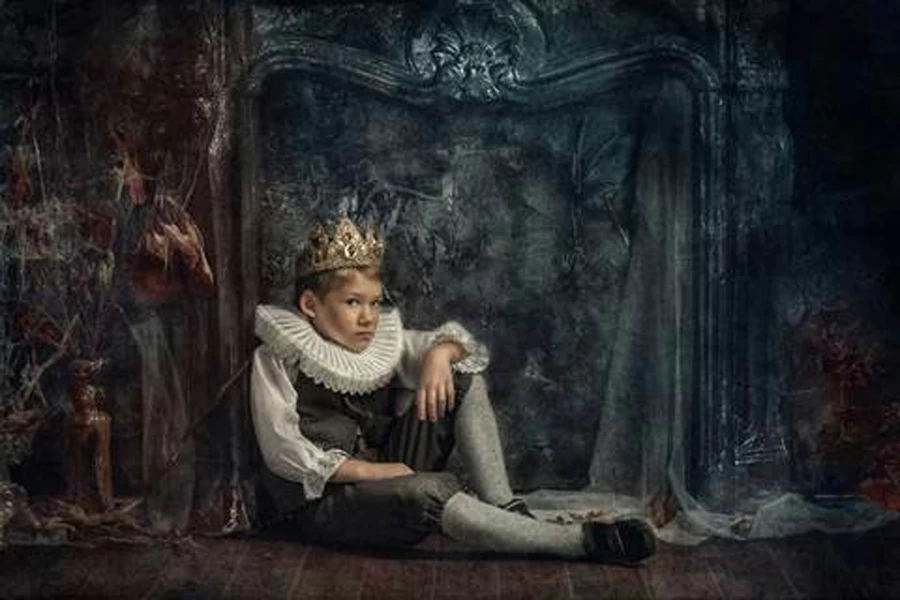
According to the second theory, changeling tales may have arisen from infants born with birth defects. The legends state that more male human babies were exchanged with changelings, and indeed male children have more birth defects.
Moreover, changelings are often described with features similar to birth defects like progeria, autistic behaviors, and others. Some people even considered cases of suspected changelings to occur simply because a child is unhappy.
How To Spot A Changeling
There were a number of traits to look for in the identification of changelings. According to Irish legends, the fairy child is likely to look sickly and may not grow up to a normal size. Some of the most prominent physical characteristics included long teeth and scraggly hair.
The changelings were also known to have a huge appetite, far more than that of a normal human child. They may also possess some uncanny insight and show intelligence that is far beyond what children of their age have.
People believed that it was relatively easy to identify a changeling when it was all alone. They were known to dance, jump, or even play different instruments when they thought they were not overlooked.
In most cases, people believed that young fairies were exchanged with human children. However in certain cases, the very elderly fairy people were exchanged with human babies in order to enable the old fairies to live a life of comfort with the human parents.
Changelings: Misunderstood Depression?
In an essay named “Changelings,” Folklorist D. L. Ashliman stated that the tales relating to changelings actually reflect unexpected changes in behavior and the risk of mortality within families in pre-industrial Europe. Fairies were also believed to abduct adult humans, including new mothers and newly married people.
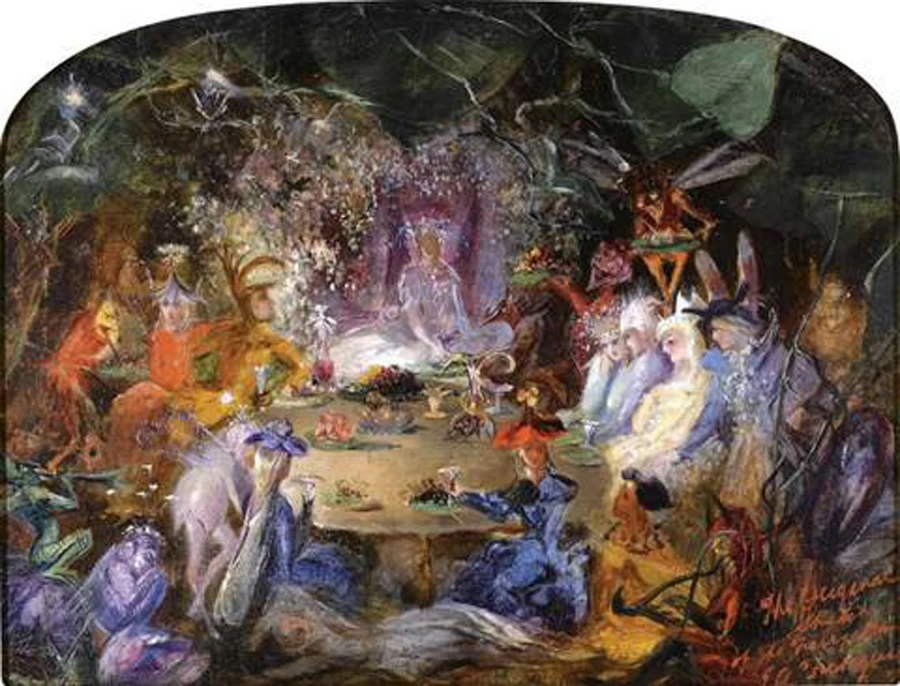
The newlyweds were said to have been taken away to marry the fairies, and the new mothers were abducted by the fairies to nurse fairy babies. In this way, unexpected changes, caused for example by post-natal depression, were misunderstood: the person had not changed, but been replaced.
- Disturbing Twins – June and Jennifer Gibbons
- Medical Miracle or Total Fraud: Did Mary Toft Give Birth to Rabbits?
Bridget Cleary is a prominent example of an adult changeling, and one whose story ended tragically. She was killed by her husband, who believed he was attempting to get back his real wife from the fairies.
Changeling Folklore
In Germany, the changeling is referred to as Wechselkind, Wechselbalg, Dickkopf, or Kielkopf. Possible parents of such a changeling were considered to be: a female dwarf, the devil, a water spirit, or a Roggenmuhme (a fiery demon of the corn).
In early Welsh folklore, changeling children had a lot of resemblance to the human children for which they were exchanged. But later Welsh tales are very different: their appearance becomes uglier, and their behavior is characterized as malformed, ill-featured, ill-tempered, and they even turn to biting and screaming.
Moreover, they may be more cunning and possess greater wisdom in comparison to other normal children of their age, and were mistreated by the community, who hoped to oust the evil fairy. In order to identify such changelings in Wales, people cooked family meals on an eggshell.
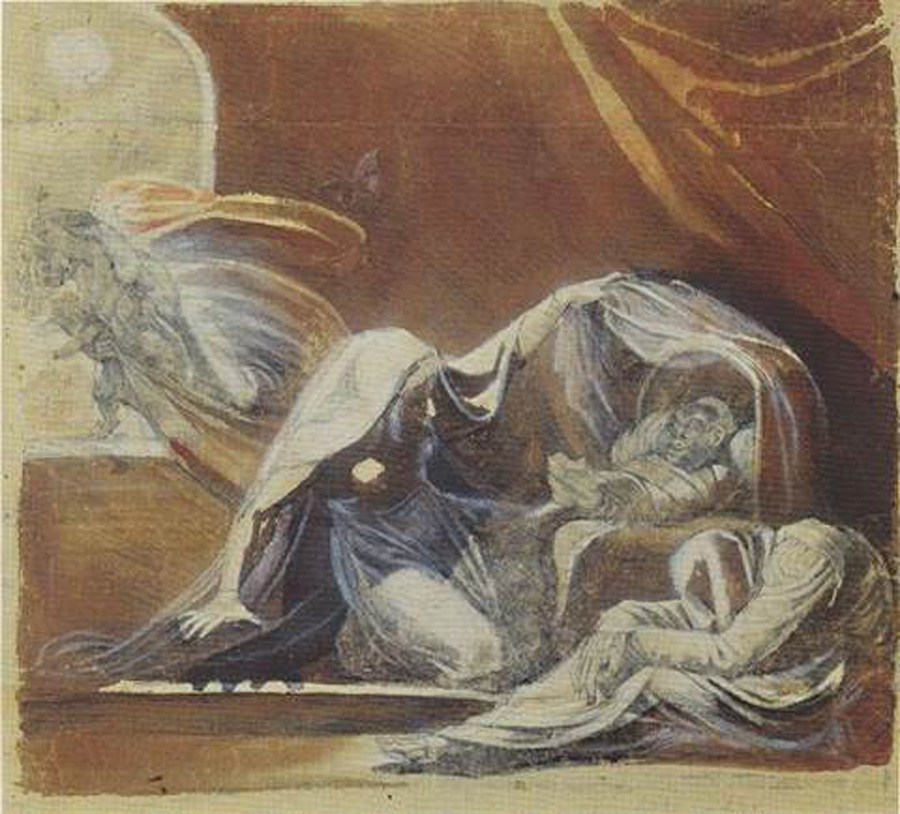
They believed that when the meal is served before the changeling, it would exclaim, “I have seen the acorn before the oak, but I never saw the likes of this,” and then vanish, with the human child returning in its place.
In Poland folklore, Boginki, or Mamuna is known to be a Slavic spirit that keeps exchanging human babies in the cradle. The changelings that Mamuna planted in the place of the human child are known for their distinct appearance, with an unusually long or small head, excessively large abdomen, thin legs and arms, a hump, long claws, and a hairy body. The changeling’s first teeth would also appear earlier in comparison to normal human children.
For protecting the children from getting abducted by Mamuna, the mothers in Poland used to tie red ribbons on the wrist of the babies, hide them from the moonlight, and put a red cap on their heads. Other preventive techniques adopted by the mothers included always keeping their head turned towards the baby, and not washing the baby’s diapers after sunset.
British, Irish And Folklore
The Isle of Man had a number of superstitions and myths relating to fairies, and there are also various folklores relating to the changelings on the island. In “Manx Fairy Tales,” Sophia Morrison writes about the story of “The Fairy Child of Close ny Lheiy.”
In the story, the child was exchanged by the fairies for an unruly and loud fairy child. The topographer and English poet, George Waldron, who lived in the 18th century in the Isle of Man, also wrote about a reputed changeling who was shown to him. The child is believed to have had a kind of inherited genetic disorder.
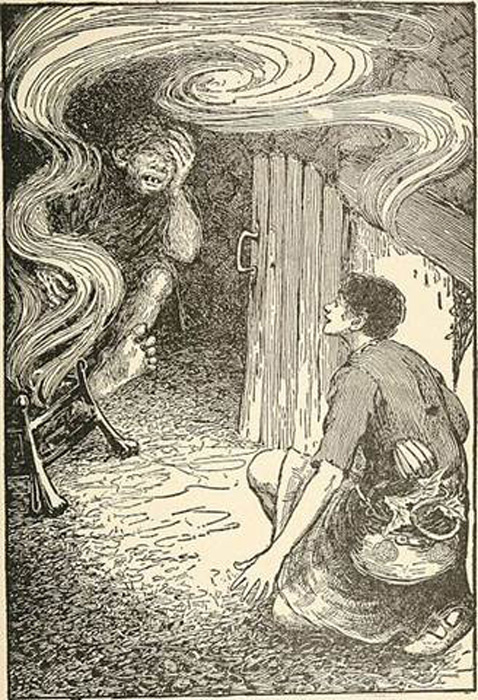
In Scotland, there also exist a number of tales relating to the changelings. In the Anglo-Scottish border region, people believed that fairies or elves lived in fairy hills or elf hills. In addition to this belief, the people even believed that the elves or fairies had the power to take away children as well as adults and take them to their worlds.
It was thought that a human baby would be abducted and replaced with a fake copy of the baby. The elves or the fairies would then raise the human baby and make it grow into an elf or fairy. However, the changeling baby was often wearisome and discontented. It was also believed that making the changeling laugh or surprising it through speech could make it reveal its truth.
In Ireland, people believed that watching a human child or enviously looking at a baby was dangerous. It would endanger the baby, who could possibly be under the power of the fairies.
Envying or admiring a man or a woman was also considered to be equally dangerous. However, if the person adds a blessing after admiring a man or woman, this was considered sufficient to remove the danger. Women, especially new mothers and new brides, were in danger of such envy or admiration.
According to the Irish legends, stories of changelings always followed a formula. As per the formula, the human child was kidnapped and replaced through a window, and a tailor was the first person to notice the changeling every time.
A number of legends in Ireland had the belief that in order to foil the fairy kidnapper, people needed to shout “God Bless You.” This would make the fairy kidnapper leave the human child that it was trying to abduct.
According to the traditional Nordic belief, it was the trolls from subterranean realms who exchanged human children. In Scandinavian folklore, people believed that such supernatural beings were afraid of iron.
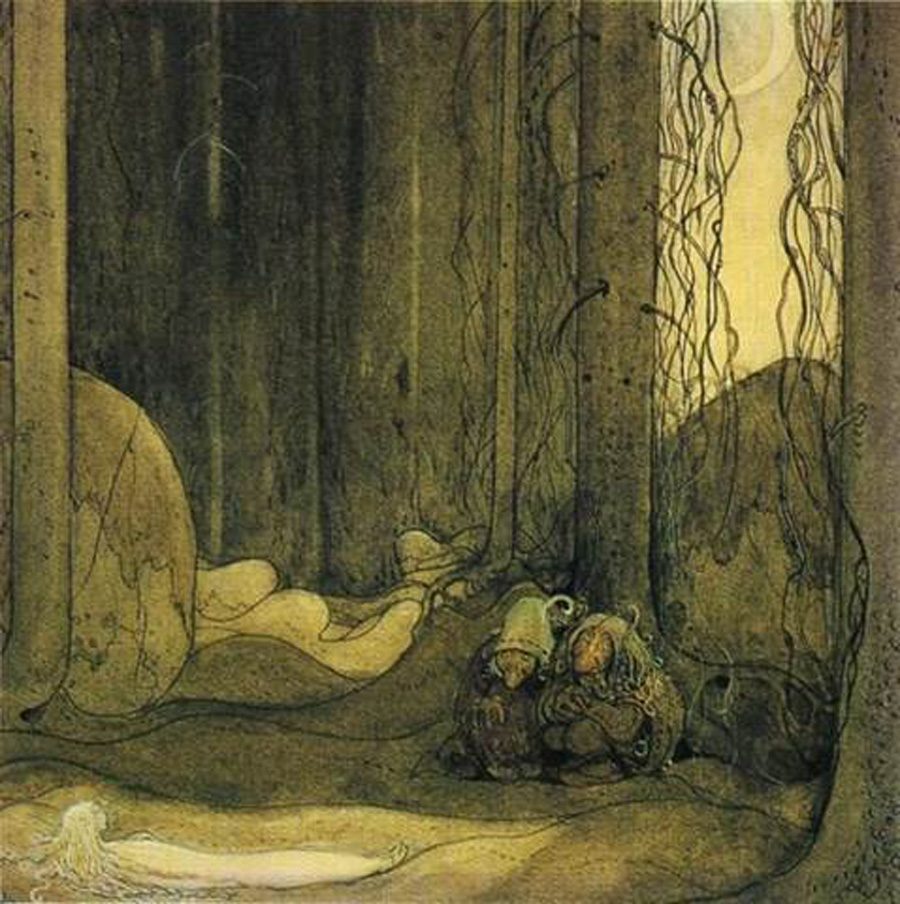
For this reason, the Scandinavian parents used to keep some kind of iron items on the top or near the cradle of the un-baptized babies, in order to prevent them from getting kidnapped by supernatural beings.
The iron items usually included a knife and scissors. However, these solutions did not seem to stop children being kidnapped by supernatural beings. In Sweden, people believed that in order to protect the unbaptized infants, it was important to keep the fire lit in the room, and the water used for bathing the child must not be thrown away.
Guarding Against the Changelings
So, can a parent guard their children against the changelings? The answer was very definitely “yes.” There are a number of methods and techniques that were believed to work well in preventing the fairies from abducting human children. The methods may seem quite disturbing, as many involved abusing the child, but people believed that they worked.
According to the German legends as well as those of the Welsh, one of the ways is to confuse the changeling by brewing or cooking with eggshells. That would compel the changeling to speak up, reveal its real position, and claim its actual age.
Trying to heat the changeling in an oven was another technique used by the German legends. Whipping or hitting the changeling was yet another effective way of getting rid of them. Burning the changeling in a fireplace or stove is also recommended, although very gruesome.
According to a Scottish tale, two men were present at the home of their friend when they were able to hear the cry of their friend’s child in the cradle. The mother said some blessings, and then as they returned home later the two men found a healthy baby on the road. It was the child of their friend.
The fairies, so the story goes, had left the child owing to the blessings of the mother. This showed blessing also was an effective way of keeping the fairies away and preventing them from kidnapping human children.
According to a Swedish tale, a woman refused to maltreat her changeling and was eventually rewarded by being reunited with her human child. Her baby was healthy. Later, the woman came to know that the troll mother had also refused to abuse the human child, and it was the kindness of both the mothers that broke the spell.
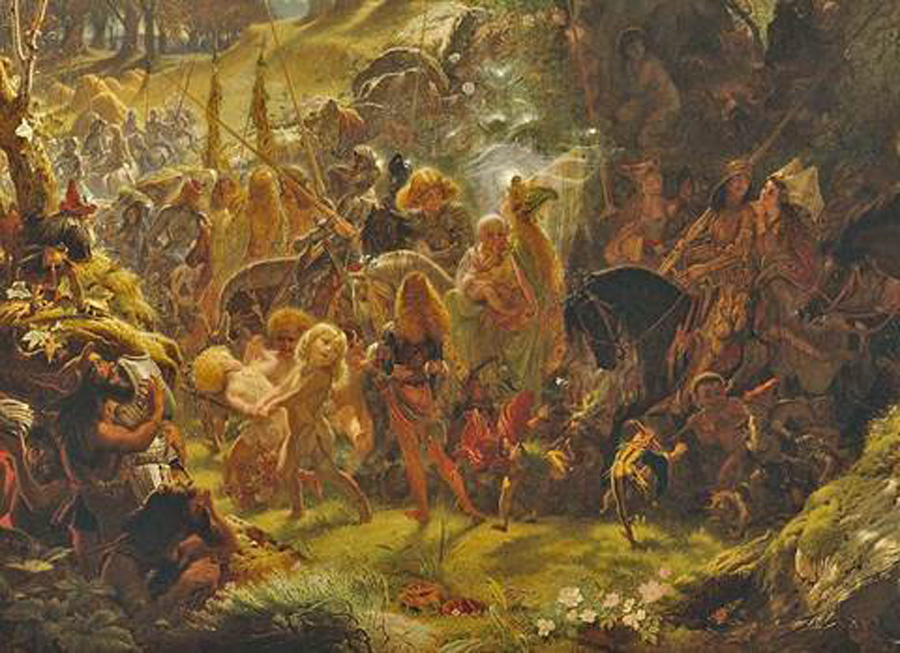
Other ways that were considered effective in saving the human child from fairies were laying the clothing of the father on the cradle, baptizing the child as soon as possible, sprinkling urine all around the cot, not allowing the fire in the room to go out, and placing iron items near the cradle of the child.
Changelings In The Modern World?
Undoubtedly, most people in the modern world would not believe the fact that something like a changeling existed. Decoding these stories, medical experts state that they were actually developed in an attempt to explain developmentally disabled, deformed, and neurodivergent children.
The disabilities or diseases that match the various descriptions of changelings include cystic fibrosis, Down Syndrome, spina bifida, PKU, Williams syndrome, Hunter syndrome, cerebral palsy, autism, progeria, Hurler syndrome, and Prader-Willi Syndrome.
Today’s medical experts suggest that most probably autistic children were also identified as changelings, due to their adnormal behavior. A number of autistic adults were also labeled as changelings for similar reasons.
Modern parents have plenty of things to worry about. However, thankfully this no longer includes the dangers of a changeling who, a few hundred years back, could be smuggled in by evil fairies to replace your child.
Top Image: The changeling, a malevolent spirit which has replaced your baby! Source: B / CC BY-NC-SA 2.0.
By Bipin Dimri